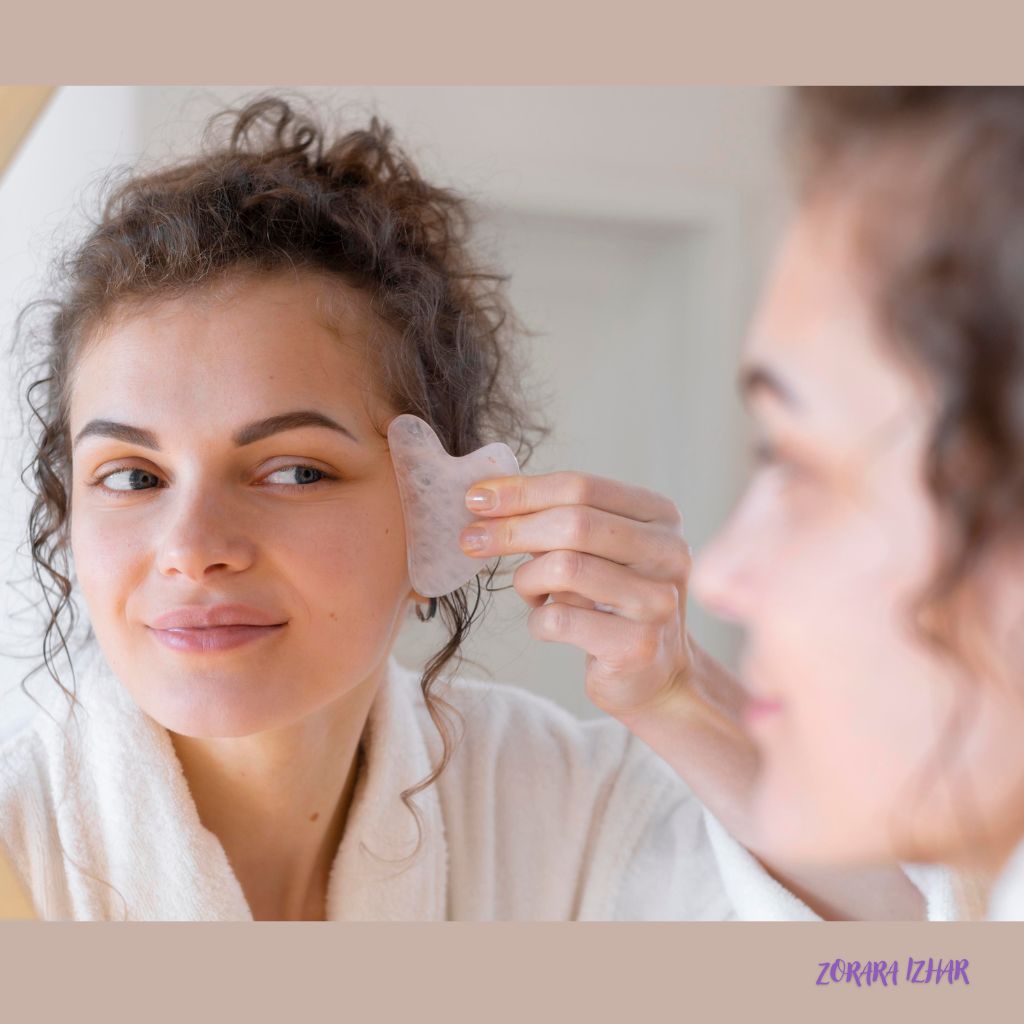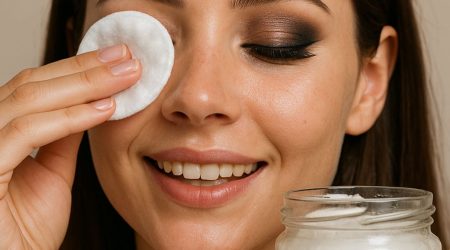Your makeup is only as good as the canvas underneath. If you’ve ever struggled with patchy foundation, creased concealer, or uneven texture, the real culprit might not be your products—it could be your skin prep. Knowing how to prep your skin before makeup can take your glam game to the next level, whether you're going for a natural glow or a full-beat face.
In this guide, we’ll walk you through 10 essential skin-prep steps used by makeup artists and dermatologists to create a flawless base. Ready to transform your routine? Let’s dive in.
Why Skin Prep Matters for Makeup Application
Before we get into the "how," let’s explore the "why." Prepping your skin does a few key things:
- Removes oil and dirt buildup
- Creates a smooth texture for even makeup application
- Helps makeup adhere better and last longer
- Prevents creasing, cracking, or fading throughout the day
Think of it as priming a wall before you paint—it’s the foundation for a beautiful finish.
Step 1: Cleanse Your Skin Thoroughly
Clean skin is happy skin. A gentle yet effective cleanser will remove overnight oils, sweat, and residue from your pillow.
Best Cleansers Based on Skin Type
| Skin Type |
Cleanser Type |
Recommended Ingredient |
| Oily |
Gel-based, foaming |
Salicylic Acid |
| Dry |
Cream or oil-based |
Hyaluronic Acid |
| Combination |
Balanced foam/cream |
Niacinamide |
| Sensitive |
Fragrance-free, milky texture |
Oat extract, Ceramides |
Make sure to wash your face with lukewarm water—too hot can strip your skin, too cold might not cleanse thoroughly.
Step 2: Exfoliate (But Not Daily!)
Exfoliation removes dead skin cells that could cause makeup to cling unevenly or appear flaky.
Physical vs. Chemical Exfoliation
| Type |
Description |
Use How Often? |
| Physical |
Scrubs with fine granules |
1–2x a week |
| Chemical |
AHAs (lactic/glycolic) or BHAs |
2–3x a week |
Avoid harsh scrubs and over-exfoliating. Less is more, especially before applying makeup.
Step 3: Tone to Balance pH
Toners help reset your skin’s pH and prep it to absorb the following products better. It also removes any leftover residue from your cleanser or exfoliator.
What to Look for in a Toner
- Hydrating toners with glycerin or rose water for dry skin
- Exfoliating toners with glycolic acid for dull skin
- Soothing toners with witch hazel or chamomile for redness-prone skin
 Step 4: Hydrate with a Good Moisturizer
Step 4: Hydrate with a Good Moisturizer
Moisturizing is non-negotiable. Even oily skin needs hydration skipping it can lead to more oil production.
Lightweight vs. Rich Moisturizers
| Skin Type |
Product Type |
Absorption Level |
| Oily |
Gel or light cream |
Fast |
| Dry |
Thick cream or balm |
Slow, Deep |
| Combo |
Balancing lotion |
Medium |
Apply your moisturizer while your skin is slightly damp to lock in moisture better.
Step 5: Don’t Skip Eye Cream
The under-eye area is thin and delicate. Dryness here causes concealer to crease and look cakey.
- Use a lightweight eye cream with peptides or caffeine in the morning.
- Gently tap with your ring finger don’t rub.
Step 6: Use a Face Oil (Optional)
For extra glow or if your skin feels tight, a lightweight face oil can work wonders. Use it sparingly, and always apply after moisturizer, not before.
Popular options:
- Rosehip oil
- Jojoba oil
- Squalane
Step 7: Apply a Primer That Suits Your Skin
Primer isn’t just a trend—it creates a barrier that smooths out texture and holds onto makeup for hours.
Silicone-Based vs. Water-Based Primers
| Primer Type |
Best For |
Key Benefit |
| Silicone-Based |
Oily or textured skin |
Pore-filling, smoothing |
| Water-Based |
Dry or sensitive skin |
Lightweight, hydrating |
Let your primer sit for at least 30 seconds before applying foundation.
Step 8: SPF is Still a Must
Yes, even if your foundation has SPF. UV rays don’t care about your makeup.
- Choose a broad-spectrum SPF 30+
- Opt for lightweight, non-greasy formulas that won’t pill under makeup
A good SPF we recommend is
EltaMD UV Clear SPF 46, especially for acne-prone skin.
Step 9: Lip Prep – Scrub and Balm
Dry lips will ruin any lipstick look. Use a gentle lip scrub (sugar and honey works great) followed by a hydrating balm.
Step 10: Let It All Set Before Makeup
Patience pays off. Let your skin absorb everything for at least
5 minutes before applying makeup. This prevents pilling and helps your foundation glide on smoothly.
FAQs About Prepping Your Skin for Makeup
1. How long before makeup should I do my skincare?
Ideally, allow 10–15 minutes between skincare and makeup to let everything absorb properly.
2. Can I skip primer if I’m in a hurry?
You can, but it’s not recommended if you want your makeup to last longer or look smoother.
3. Is toner really necessary?
Yes, especially if your cleanser is stripping. Toner balances your pH and preps your skin for hydration.
4. What if I have very oily skin?
Focus on lightweight, non-comedogenic products and consider a mattifying primer to control shine.
5. How can I prevent foundation from looking cakey?
Proper hydration, gentle exfoliation, and using thin layers of foundation help prevent a cakey look.
6. Do I need a different routine for nighttime vs. daytime makeup?
Slightly daytime requires SPF and lightweight products, while nighttime allows richer formulas.
Conclusion: Your Best Face Forward
When it comes to
how to prep your skin before makeup, the key lies in consistency and personalization. You don’t need a million products—you need the right ones, in the right order. With this 10-step guide, you’re not just laying a foundation for your makeup; you’re investing in the long-term health and glow of your skin.
 Step 4: Hydrate with a Good Moisturizer
Step 4: Hydrate with a Good Moisturizer



